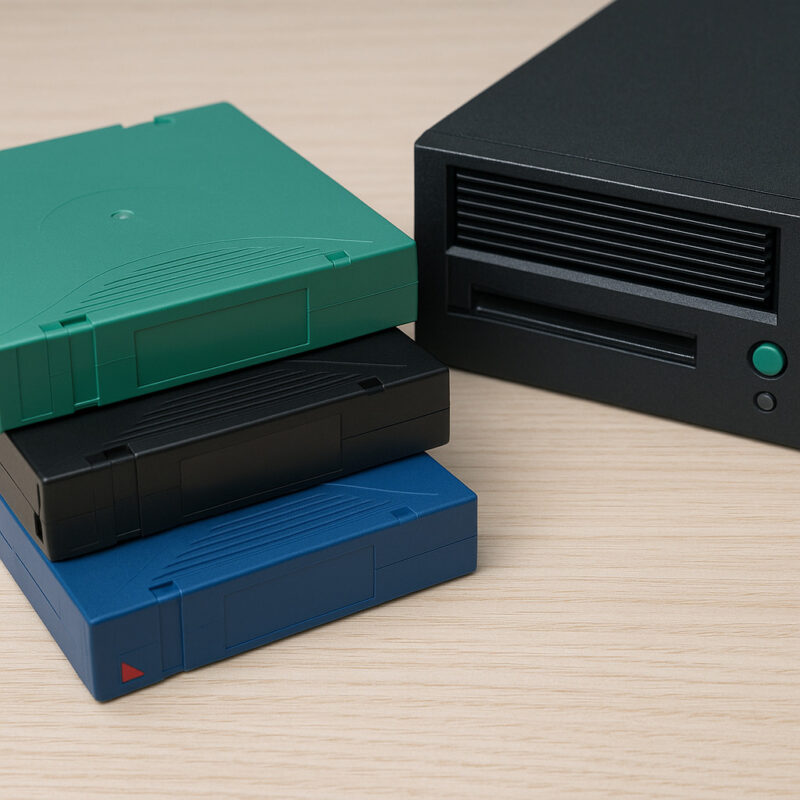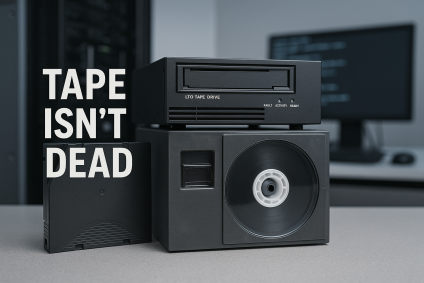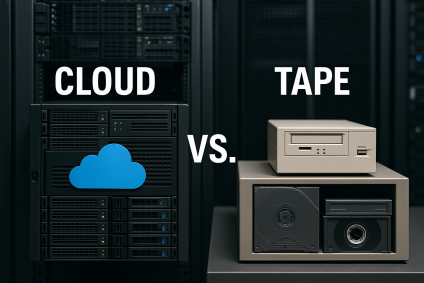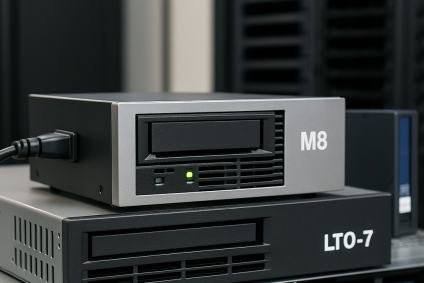Strengths and Weaknesses of Tape Backup: Is It Still a Smart Choice for Long-Term Storage?
The Strengths and Weaknesses of Tape Backup: What You Need to Know
Tape backup has been a cornerstone of data storage since the 1970s—and despite the rise of cloud and disk-based alternatives, it still holds value in today’s IT strategies. If you’re considering long-term storage solutions, it’s essential to understand the strengths and weaknesses of tape backup before making an informed decision.
Let’s break down where tape backup shines—and where it may fall short.
Strengths of Tape Backup
1. High Storage Capacity in a Small Package
Modern tape formats like LTO (Linear Tape-Open) provide exceptional data density. One LTO-9 cartridge can hold up to 18TB of uncompressed data. This makes tape a cost-effective option for backing up massive amounts of data without requiring a large physical footprint.
2. Long-Term Data Retention
One of the most significant strengths of tape backup is its durability. When stored properly, tape cartridges can retain data for up to 30 years without degradation. That kind of lifespan makes it ideal for archival storage and compliance requirements.
3. Lower Operational Costs
Tape backups consume less power than disk-based systems, making them a more energy-efficient option. They’re also less expensive to maintain over time since they don’t require constant spinning or cooling.
4. Strong Security and Offline Protection
Because tapes are physically removed from the network when stored, they’re immune to cyberattacks, ransomware, and malware. Additionally, many formats offer hardware-level encryption, ensuring data stays secure even in transit.
Weaknesses of Tape Backup
1. Slower Access Times
Tape systems use sequential access, meaning data must be read in order. This results in longer retrieval times compared to disk or cloud storage. While technologies like LTFS (Linear Tape File System) improve accessibility, they still lag behind other formats in speed.
2. Higher Upfront Investment
Setting up a new tape backup system isn’t cheap. Businesses must invest in tape drives, automation equipment, and media. On top of that, there are training and integration costs to consider.
3. Scalability Challenges
While tape storage is compact, its scalability is still limited by the capacity of each format. Expanding a tape-based system often means investing in new hardware or upgrading to newer tape generations—both of which can be costly.
Final Thoughts: Is Tape Backup Right for You?
Now that you know the strengths and weaknesses of tape backup, it’s clear that this solution isn’t one-size-fits-all. Tape excels in long-term, secure, and cost-effective storage for large data sets. However, if you need instant access to files or plan to scale rapidly, a hybrid or cloud-based solution may be more appropriate.
Evaluate your business needs carefully. If long-term retention, data security, and low operational costs are top priorities, tape backup might still be your best bet.







